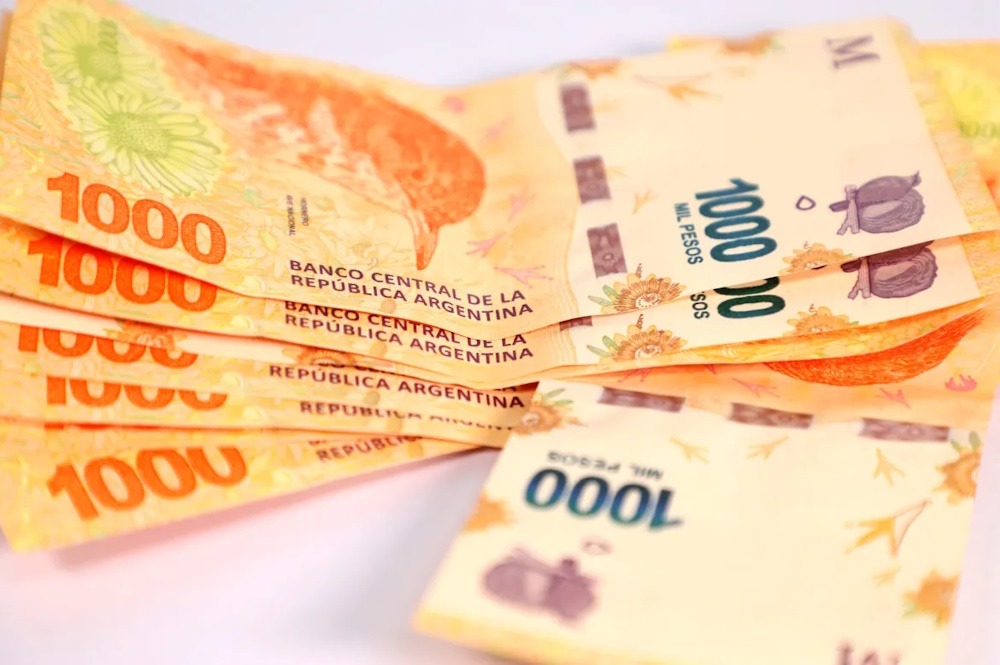Argentina’s bonds experience an uptick following the introduction of new measures aimed at attracting foreign currency. The Central Bank has introduced a series of measures designed to assist the nation in accumulating additional hard-currency reserves. On Tuesday, Argentina’s bonds experienced an uptick following the Central Bank’s announcement of a series of measures designed to bolster the nation’s hard-currency reserves, a critical resource required for fulfilling dollar debt obligations.
The sovereign bonds emerged as some of the most significant gainers in comparison to their emerging-market counterparts. Dollar notes due 2035 have risen by as much as 0.8 cents to 67.5 cents on the dollar, positioning them for their largest intraday increase in nearly a month. On Monday evening, officials announced that local currency bonds are now available for purchase with US dollars, and the minimum holding period requirements for foreign investors regarding certain Argentine bonds will be removed. The monetary authority announced its intention to introduce a second repurchase agreement with multiple international lenders, potentially amounting to US$2 billion, on June 11.
The announcements are integral to President Javier Milei’s overarching strategy aimed at strengthening the nation’s foreign reserves, occurring merely two months following a multi-billion dollar agreement with the International Monetary Fund. Dollars have been difficult to secure for Milei’s predecessors, resulting in a peso that has historically exhibited volatility. In accordance with its agreement with the IMF, Milei’s team has pledged to increase its net international reserves by US$4.4 billion by June 13. Thus far, they have declined to purchase greenbacks through Argentina’s official currency market, aligning with their overarching goal of preventing monetary expansion and controlling inflation in anticipation of a crucial midterm election in October.
The Central Bank stated that it will undertake a buyback of put contracts that granted banks the option to sell Treasury bonds back to the monetary authority, aiming to enhance its balance sheet and exert tighter control over the money supply. Aiding those efforts will also be a phase-out of short-term liquidity notes known as LEFIs, which helped absorb excess pesos in the economy. The government plans to exchange those securities for short-term Treasury bills, referred to as LECAPs, which are expected to be traded in the secondary market by mid-July.

